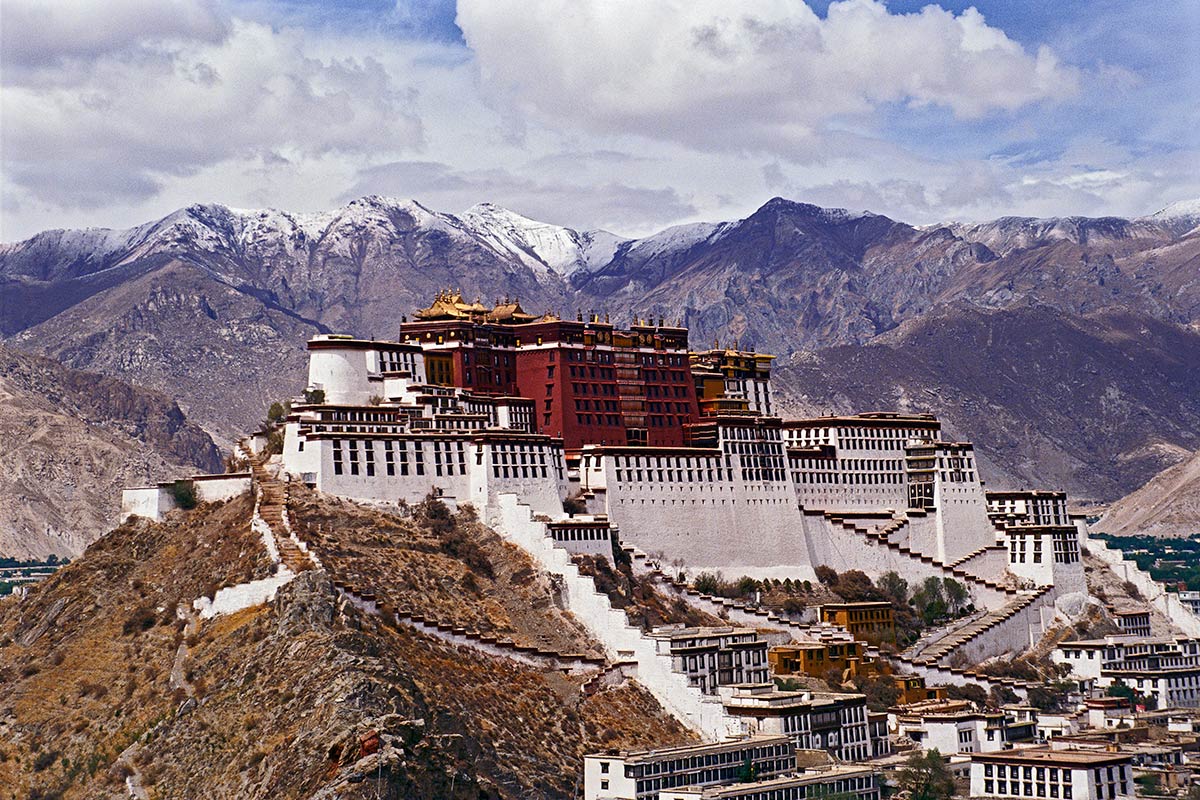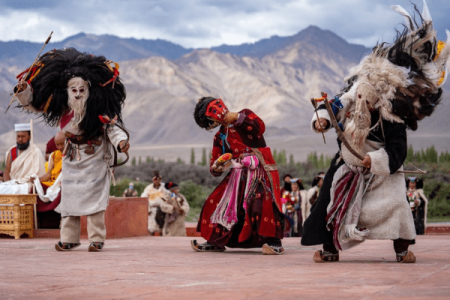Architectural Features and Layout
Moonland is a fascinating and unique landscape located in the Lamayuru region of Ladakh. It is known for its striking, moon-like terrain that has been shaped by centuries of erosion. The area features dramatic rock formations, barren hills, and striking land contours that give it an otherworldly appearance, resembling the surface of the moon. The natural formations are a result of both geological forces and the passage of time, creating a surreal and almost alien landscape. There are no significant man-made structures in Moonland, as it is entirely a natural marvel.
Main Assembly Area (Landforms and Natural Sculptures)
The heart of Moonland lies in the collection of rock formations and landscapes that make it so extraordinary.
Eroded Terrain: The terrain consists of soft, eroded rock that has created steep ridges, deep gullies, and unique rock outcrops. The colors of the landscape change throughout the day, with the light creating shadows that emphasize the dramatic curves and formations.
Layered Rocks: The layers of rocks in Moonland show distinct geological patterns, giving a glimpse into the ancient processes of the Earth’s crust. The unusual appearance makes it a popular site for photography and geologists alike.
Scenic Vistas: As one moves through Moonland, the views of the surrounding Himalayan mountain range and the Indus Valley add to the beauty of the area. The landscape is completely barren, offering panoramic views of the hills, valleys, and rugged terrain.
Cultural Significance
Although Moonland itself does not contain religious or cultural monuments, it is closely associated with the nearby Lamayuru Monastery. The area is rich in Buddhist heritage, and Moonland itself is often seen as a place of spiritual significance due to its peaceful and otherworldly atmosphere. Local Buddhists believe that the area is a representation of the Earthly realm and the spiritual journey that one must undertake. The connection between nature and spirituality here reflects Ladakh’s deep-rooted Buddhist culture.
Fort-like Structure
Moonland is a completely natural feature with no man-made fortifications. However, the surrounding landscape gives the area a fortress-like appearance due to the towering rock formations that encircle the valley. These natural walls provide a sense of enclosure and protection, adding to the mystique of the area.
Roof and Viewpoints
Moonland is primarily open to the sky, with no roof or overhead structure. The best way to appreciate its beauty is to visit the numerous vantage points scattered around the landscape. From these elevated areas, visitors can view the vast barren hills, the winding Indus River, and the surrounding Himalayan peaks. The combination of natural rock sculptures and dramatic lighting at sunrise and sunset makes Moonland one of the most mesmerizing landscapes in Ladakh.
The cultural experiences of Moonland are not just about visiting a unique geographical wonder; they are an invitation to immerse yourself in the rich traditions and heritage of Ladakh. Known for its lunar-like landscapes, Moonland offers a glimpse into the ancient Buddhist culture of the region, with its monasteries, prayer flags, and vibrant festivals. The simplicity of life in this remote corner of Ladakh, combined with the warmth of the local communities, creates an unforgettable experience for travelers seeking to understand the region’s spiritual essence and rich cultural tapestry. Whether you are a culture enthusiast, a history seeker, or a traveler looking to witness the beauty of Ladakh’s rural life, the cultural experiences of Moonland will offer you lasting memories and a deep appreciation for this mystical land.








